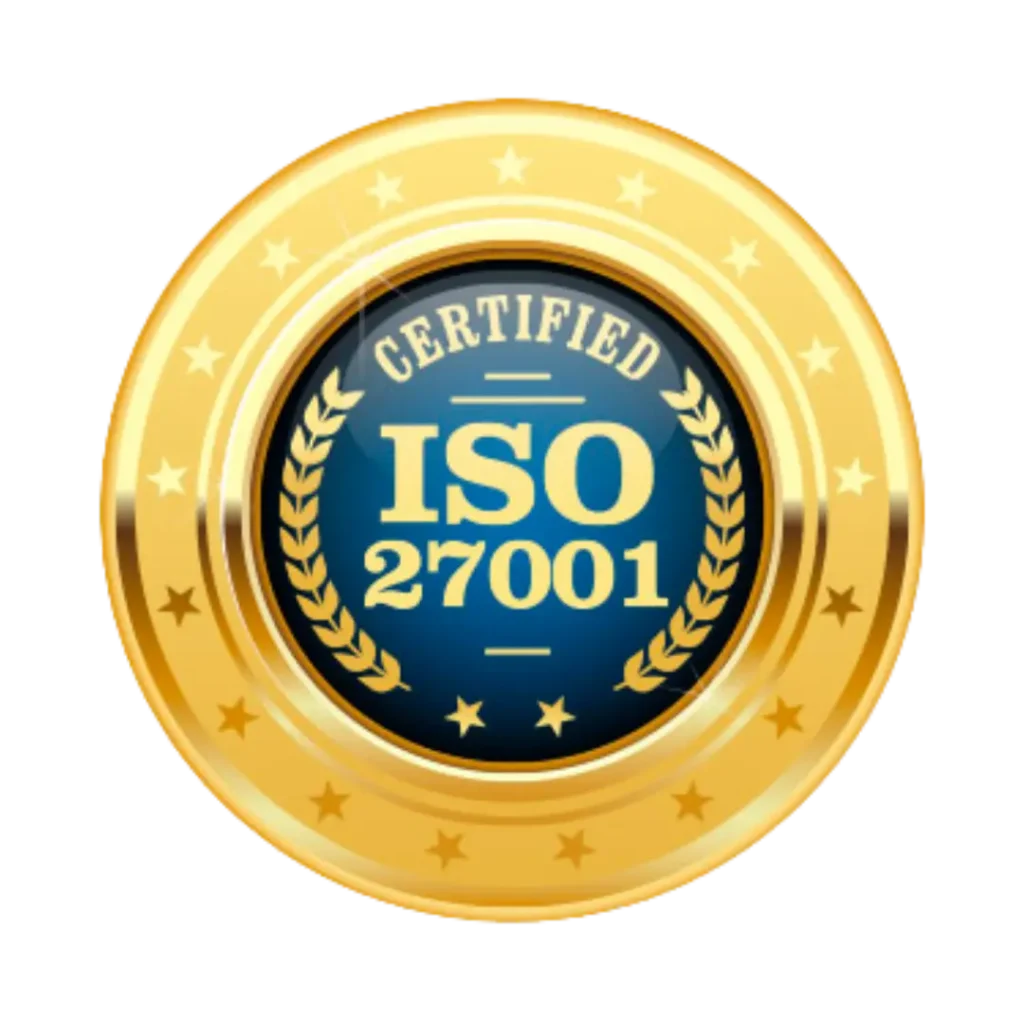How to maximize employee productivity in a hybrid work environment?

As vaccination rates increase, the rise in hybrid work has sparked a flurry of discussion about COVID-19 safety, as well as the clear divide between how eager employees are to return to work versus their managers. The challenges of orchestrating hybrid work are emerging as more organisations begin to bring some employees back into the office while allowing others to work remotely. Asynchronous working is a key enabler of a productive, engaged, and innovative team in this in-between arrangement.
The domineering question for organizations is how to maximise employee output while preserving the flexibility that many people have come to expect. Since hybrid work is here to stay, the sooner one can adapt to the following routines to be more productive, the better.
Organize tasks & workload:
Charting a clear plan by demarcating tasks and responsibilities reserved for on-site work vs off-site work; what changes to the office will be required to facilitate collaboration? are some important things to consider in a hybrid work environment. It’s critical for employees whose managers require them to be in the office a few days a week to really understand your own personal tasks and then actually prioritizing them relative to these two spaces. Checking email, scheduling meetings, and planning for upcoming work can all be done from the comfort of your own home. Meanwhile, tasks that require more input from others or are easier to complete in person, such as meetings, can be scheduled for days in the office. With the help of technology such as desk management and scheduling tools available in our NeOffice workplace management solutions, this can be done quickly and easily.
Making Employee Experience a Priority:
Rather than focusing solely on policies and regulations, businesses should place a greater emphasis on improving employee productivity by emphasizing their well-being and establishing a support system. It’s important to remember that while working in a domestic setting, everyone has their own set of pulls and pressures, and employees need to know that their bosses are aware of their needs. Management teams must be tactical in their approach to assuage any fears that both types of teams may have- those who are eager to return to work and those who are dreading it.
Democratize the workplace:
Managers must make it clear how committed they are to flexibility in order to prevent employees from falling behind. Leadership teams should also establish new rules that demonstrate equity in promotions and opportunities, regardless of where their employees work. Companies may opt for a more decentralized structure like collaborative or huddle spaces where people can come together to exchange ideas to enhance productivity instead of prioritizing a main headquarters.
Trust is key:
Rather than blindly following a top-down approach, fostering an open-mindset will drive significant gains in productivity. Managers must trust that employees will be more engaged, creative, committed, and so on if they work in a flexible environment, and employees must trust their managers. Through this pandemic, we have seen that when you trust the employees with the right technology tools, it can help businesses reduce costs, enhance automation, and drive innovation. When workers feel properly supported working from home, they’ll find it easier to balance things out when working at other times in the office.
Agiledge NeOffice is complete hybrid workplace automation solution that enables organization to manage their Desk inventory. Employees can be rostered to seat or allowed to hot desk or hotel their seats. They could also book their parking slots, cafeteria seats and meeting room booking. The solution is cloud hosted and available as a mobile app (iOS & android) and web app.
To know more about the solution, do drop a mail to hello@neofficesoftware.com

